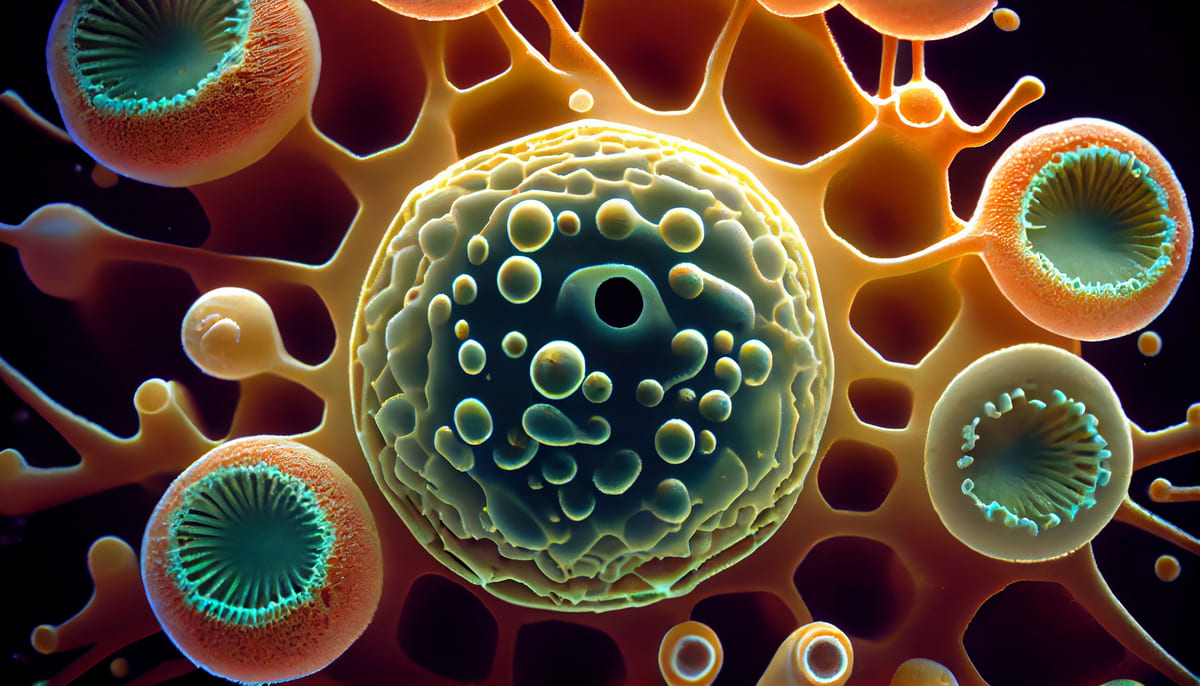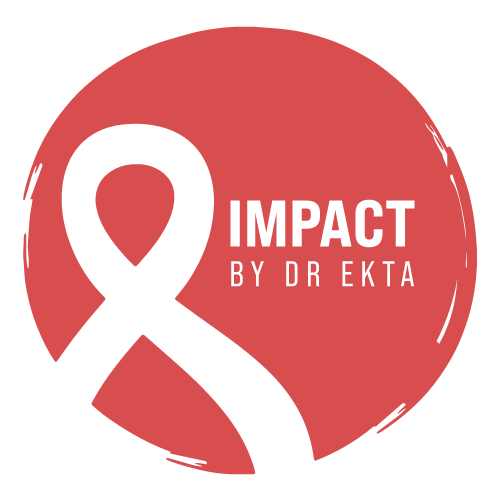What is Cancer? Exploring the Basics of Global Health Challenge
Namaste, I’m Dr. Ekta Vala Chandarana. Let’s explore together the answer of what is cancer? Here I emphasising its impact both globally and in our homeland, India.

Key Facts About Cancer
- Globally, cancer is the second-leading cause of death, claiming 10 million lives annually.
- In India, over a million new cancer cases are reported each year, highlighting the urgent need for awareness and action.
- More than 40% of cancer deaths worldwide and in India are preventable, tied to lifestyle choices such as tobacco use and poor diet.
- Early detection and treatment can prevent one-third of cancer deaths, a vital strategy in countries like India where late diagnosis is common.
- 70% of cancer deaths occur in low-to-middle income countries, including India, underscoring the disparity in healthcare access.
What is Cancer?
Cancer begins when normal cells in the body grow uncontrollably, forming a tumor. Tumors can be benign (non-cancerous) or malignant (cancerous). Unlike benign tumors, malignant ones can invade nearby tissues and spread to other parts of the body.
Cancerous growths are categorised into three distinct types: benign, malignant, and precancerous, each with its own characteristics and implications for health.
Benign Tumors: These growths are non-cancerous and generally pose little threat to life. Characterised by their slow growth, benign tumors do not spread to distant parts of the body. They are composed of cells that closely resemble their normal counterparts.
Malignant Tumors: Unlike benign tumors, malignant ones grow more rapidly and have the potential to invade and damage the tissue around them. Malignant tumor cells can detach from the original tumor and travel to other areas of the body via the bloodstream or lymphatic system, a process known as metastasis. When these cells settle in a new location, they continue to multiply and form new tumors, called metastases, leading to the spread of cancer, also known as metastatic cancer.
Precancerous Conditions: These are characterised by the presence of abnormal cells that have the possibility of transforming into cancerous cells. Although not all precancerous cells turn into cancer, there is a higher likelihood that they will, marking them as a crucial focus for monitoring and early intervention.
By understanding these three types of cancerous growths, individuals can better comprehend the nature of cancer and the importance of early detection and treatment. For more information Click Here and Read More

Types of Cancer
Four common cancer types affecting our community are:
- Carcinoma: Originates in the skin or tissue linings of organs. Breast, lung, and colorectal cancers fall into this category.
- Leukemia: Affects the blood and bone marrow, characterized by the rapid production of abnormal white blood cells.
- Sarcoma: Arising in bone or soft tissues, including muscle and fat.
- Lymphoma: Starting in the immune system, affecting lymph nodes and tissues.
- Brain and spinal cord cancers: These are known as central nervous system cancers. Some are benign while others can grow and spread.
If you still wanted to read more about types of cancer (cancer types) in more detail click here and read more.
Cancer Causes and Cancer Risk Factors
Risk factors for cancer can be divided into modifiable and non-modifiable:
Modifiable Risk Factor
- Tobacco use,
- Unhealthy diet,
- Lack of physical activity, and
- Excessive alcohol consumption.
- Ionising radiation
- Work place hazards
- Infection
Non-Modifiable Risk Factor
- Age,
- Genetic predisposition, and
- Certain inherited conditions.

Cancer Treatments
Treatment options vary but often include:
- Surgery: To remove tumors.
- Chemotherapy: Uses drugs to kill cancer cells.
- Radiation therapy: Uses high-energy particles to destroy cancer cells.
- Immunotherapy: Boosting the body’s immune system to fight cancer.
- Targeted therapy: Focusing on specific molecules and pathways that are important for cancer cell growth.
- Hormone therapy: Used for cancers that are influenced by body hormones, like breast and prostate cancer.
Prevention and Early Detection
Prevention involves lifestyle changes and vaccinations, such as HPV vaccines for cervical cancer. Early detection through screenings, like mammograms and Pap tests, significantly improves treatment outcomes.”
